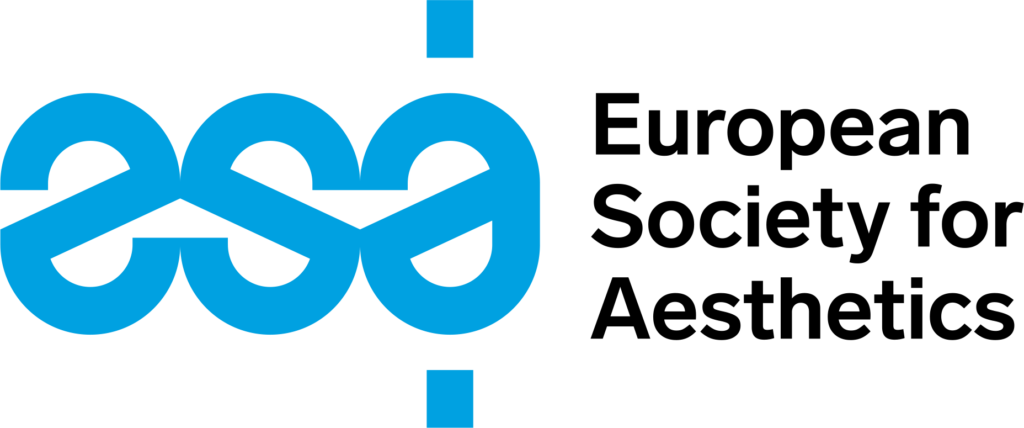Date/Time
Date(s): 14. April – 30. June
00:00
Categories
The Zeitschrift für Ästhetik und Allgemeine Kunstwissenschaft (ZÄK), founded in 1906 by Max Dessoir and re-founded in 1966, is one of the oldest peer-reviewed journals for aesthetics and the theory of art. In its 67th year, it addresses the relationship between art and morality. We welcome original contributions on two complementary topics that analyse the relationship between art and morality: from the perspective of artistic production and from the perspective of the reception of art.
ISSUE 67/2 ∙ 2022 ART MORALITY: Does art have to be moral? (Deadline: 30 June 2022)
Does art have to be moral? Or is it allowed to be repre-hensible from a moral point of view?
The second issue will focus on the relationship between art and morality with regard to the reception of art. Should we tolerate immoral art? Or do we need a moral censorship of art?
Should we renounce the reception of art that is reprehensible from a moral point of view? Should we ban it from museums and public spaces? Should it be provided with warnings? Or should the reception of fascist art, for example, be possible without restriction?
What determines whether art is immoral or not? Who makes this decision based which kind of standard? Is it even possible to qualify art as immoral in a sense that goes beyond a mere subjective opinion? Or does art, due to its essential ambiguity, not allow for such classifications?
Is it justified to toxify or even prevent the reception of works of art because the views or behaviour of their creators are morally reprehensible? Is art liable for the behaviour and the views of those who have created it? What kind of concept of art and artistic freedom lies at the bottom of views that attribute a harmful influence to works of art?
In what way can and how should we deal with or react to art that appears racist or sexist to some recipients?
Original contributions in German, English, or French that discuss questions such as these in a profound and thorough way—whether in a purely theoretical manner or using art of any kind as an example—are requested by 30.6.2022 by e-mail to the editorial office of the ZÄK: zaek@ds.uzh.ch. The length of the sub-mitted contributions should not exceed 45,000 characters (including spaces and footnotes).
